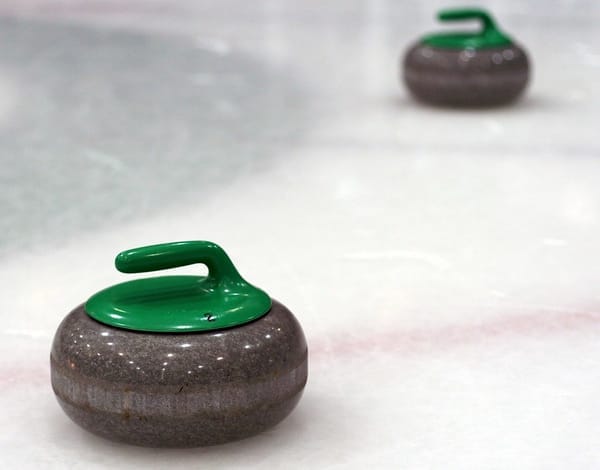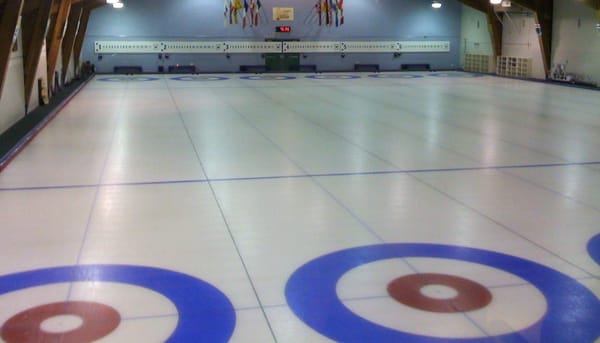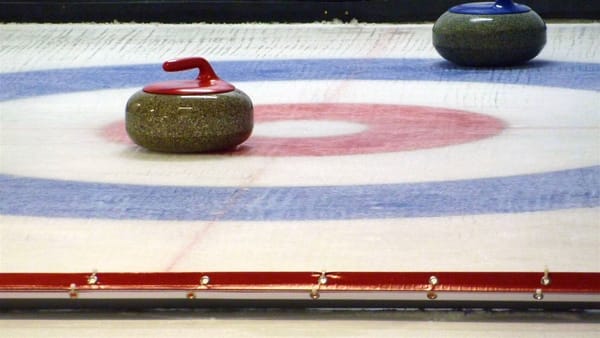What is Curling?

Curling is a unique and captivating sport that combines precision, strategy, and teamwork, often referred to as "chess on ice." Played on a meticulously prepared sheet of ice, the game involves two teams, each consisting of four players, who slide heavy granite stones toward a target area known as the house. Here’s a deep dive into the essential elements that make curling a beloved winter sport.
The Objective of Curling
At its core, the goal of curling is simple: score more points than your opponent by positioning your stones closer to the center of the house, called the button. Each match is divided into eight or ten rounds, known as ends, where teams take turns throwing eight stones—two per player.
Points are tallied at the end of each end, with only one team able to score per round. A team earns one point for each of its stones that is closer to the button than the nearest stone of the opposing team. Remarkably, it’s possible to score up to eight points in a single end, a feat known as an eight-ender, which is as rare as a hole-in-one in golf.
Key Elements of the Game
The Curling Sheet
Curling is played on a rectangular ice sheet that is expertly prepared to be flat and level. The ice is pebbled with water droplets, creating small bumps that reduce friction, allowing the stones to glide smoothly and curl effectively.
The Curling Stone
The stones used in curling are crafted from dense, polished granite and weigh between 38 and 44 pounds. Each stone has a concave bottom and a narrow, flat ring called the running surface, which is the only part that makes contact with the ice. This design minimizes friction, enabling the stone to travel further.
The Delivery
The act of delivering a stone involves the player pushing off from a rubber foothold known as the hack and sliding forward while releasing the stone. The player rotates the stone to create a curl, influencing its trajectory.
Sweeping
Sweeping is a critical component of curling. By brushing the ice in front of a moving stone, players can reduce friction, allowing the stone to travel further and altering its curl. The team captain, or skip, guides the sweepers on when and how to sweep to achieve the desired target.
Strategy and Tactics
Curling is as much a mental game as it is physical. The skip devises strategies based on various factors, including ice conditions and the state of play. Decisions about aggressive or defensive maneuvers, as well as the types of shots to employ—such as draws, takeouts, and guards—are all part of the tactical gameplay.
The Spirit of Curling
One of the defining features of curling is its emphasis on good sportsmanship and etiquette, encapsulated in the Spirit of Curling. Players are expected to respect the rules, acknowledge opponents' good shots, and refrain from celebrating missed attempts. After matches, teams often participate in broomstacking, a social event where they share drinks and camaraderie.
Curling Around the World
Originating in 16th-century Scotland, curling has grown into a globally recognized sport with millions of participants, particularly thriving in countries like Canada, Scotland, the United States, and various European and Asian nations.
Variations of Curling
Curling comes in several formats, each offering a unique twist on the game:
- Traditional Four-on-Four: The standard format where teams of four players each throw two stones per end.
- Mixed Doubles: A faster-paced version featuring teams of one male and one female player, each throwing five stones per end, with two stones pre-positioned.
- Wheelchair Curling: Adapted for wheelchair users, this format prohibits sweeping and requires players to remain seated while delivering stones.
- One-on-One: A competitive format featuring two players, often used for practice and some official competitions.
Conclusion
Curling is a multifaceted sport that captivates players and fans alike with its blend of strategy, skill, and sportsmanship. Since becoming a medal sport in the Winter Olympic Games in 1998, curling has continued to gain popularity worldwide. Whether you're a seasoned player or a curious spectator, the intricacies of curling offer something for everyone, making it a compelling sport to follow and enjoy.



